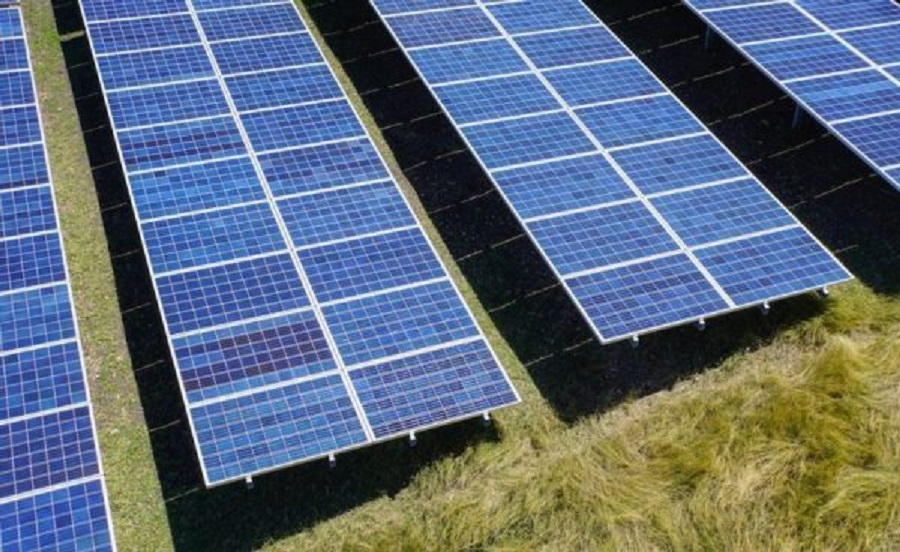The Electricity (Promoting Renewable Energy through Green Open Access) Rules 2022 issued by the power ministry enable small consumers also to purchase renewable power through open access.
The regulations have lowered the limit of the open-access transaction from 1 MW to 100 kW for green energy. So, any consumer who has contracted demand or sanctioned load of 100 kW or more will be eligible for open access to green energy. Captive consumers will not be subject to any load limitations.
The reforms will boost renewable energy open-access among telecom service providers (TSPs) who have been unable to make effective use of renewable sources for mobile towers due to the 1 MW connected load threshold. The Cellular Operators Association of India, which has been quite vocal about this regulatory bottleneck, has welcomed the reforms.
“Each telecom tower has an independent electricity connection and consumes about 3 to 5 kW, much less than 1 MW. As a result, COAI member TSPs are unable to make use of renewable sources effectively. Although tower sites put together consume much higher on an aggregate level,” said COAI Director General SP Kochhar. “From a practical standpoint, considering the distribution and spread of mobile towers and limited open area available at the tower site, an on-site solar net metering solution has practical limitations in deployment. Hence to deploy renewables at a bigger scale, our member TSPs need renewable energy solutions that can only be provided through open access.”
Kochhar said the telecom industry has, however, been requesting to the Ministry of Power and various State Electricity Regulatory Commissions and Central Electricity Regulatory Commission to allow telecom infrastructure open access for solar/renewable energy without any policy restrictions on minimum usage or allow telecom operators to aggregate their electricity demands across several towers.
Other provisions
The rules provide certainty on green energy open-access charges for consumers. These charges include transmission charges, wheeling charges, cross-subsidy surcharge, and standby charges. “Cap on increasing of cross-subsidy surcharge as well as the removal of additional surcharge will not only incentivize the consumers to go green but also address the issues that have hindered the growth of open access in India,” stated power ministry.
Open access approval will be granted within 15 days of applying.
The tariff for green energy shall be determined separately by an appropriate Commission. It shall comprise the average pooled power purchase cost of the renewable energy, cross-subsidy charges if any, and service charges covering the prudent cost of the distribution licensee for providing the green energy to the consumers.
This content is protected by copyright and may not be reused. If you want to cooperate with us and would like to reuse some of our content, please contact: editors@pv-magazine.com.









By submitting this form you agree to pv magazine using your data for the purposes of publishing your comment.
Your personal data will only be disclosed or otherwise transmitted to third parties for the purposes of spam filtering or if this is necessary for technical maintenance of the website. Any other transfer to third parties will not take place unless this is justified on the basis of applicable data protection regulations or if pv magazine is legally obliged to do so.
You may revoke this consent at any time with effect for the future, in which case your personal data will be deleted immediately. Otherwise, your data will be deleted if pv magazine has processed your request or the purpose of data storage is fulfilled.
Further information on data privacy can be found in our Data Protection Policy.